Deck & Commander Strategies

Tivit, Seller of Secrets
Generate treasure tokens and value through discard and sacrifice synergies, applying pressure with efficient creatures and resource denial.
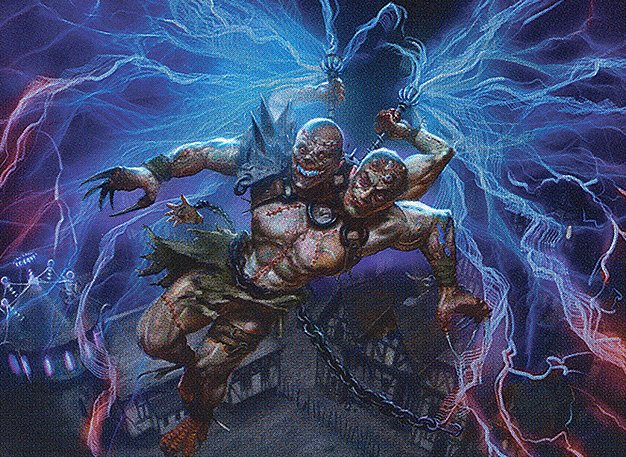

Tymna the Weaver & Kraum, Ludevic's Opus
Utilize card draw from combat damage and support disruption through tutors and removal to control the board and chip away at opponents’ life totals.

Celes, Rune Knight
Equip and buff creatures with powerful equipment, applying aggressive pressure while managing interaction against blue control decks.

The Master of Keys
Leverage the commander’s ability to mill cards and generate treasures, building incremental card advantage and mana acceleration for midgame dominance.
Gameplay Insights
- 1
Players prioritized disruption and resource denial early, such as removal on Timna and Archavist of Omen to shut down value engines.
- 2
The interaction between treasure generation from Smothering Tithe and Tymna’s taxing abilities created resource tension and influenced decision-making.
- 3
Counterspell density, including Flusterstorm and Mindbreak Trap, prevented key spells from resolving and slowed combo execution.
- 4
Multiple tutors like Vampiric Tutor and Imperial Seal were used to find critical cards, but opponents’ disruption kept the game in a stalemate phase.
- 5
Players carefully managed life totals and mana sources to maintain tempo while avoiding overextension into board wipes or mass removal.
Notable Cards
-
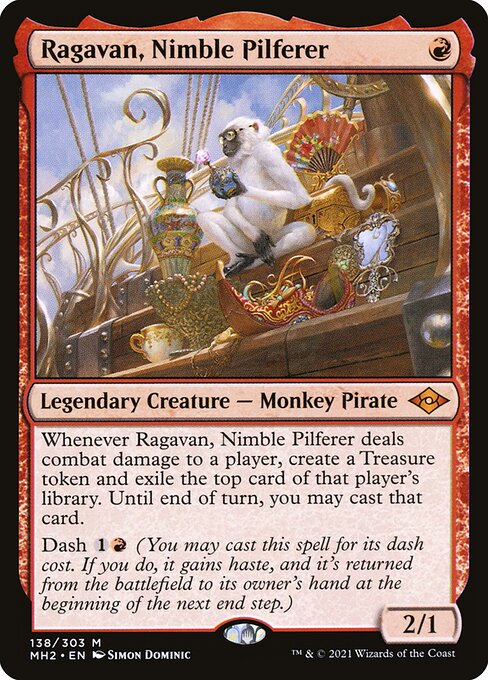
Ragavan, Nimble Pilferer
-
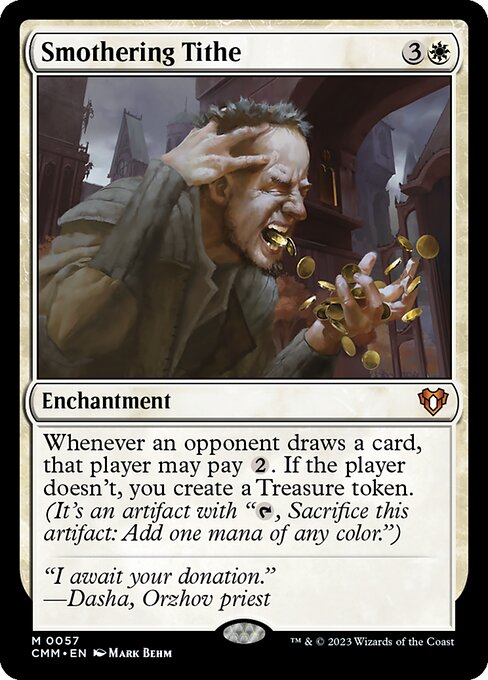
Smothering Tithe
-

Mayhem Devil
-
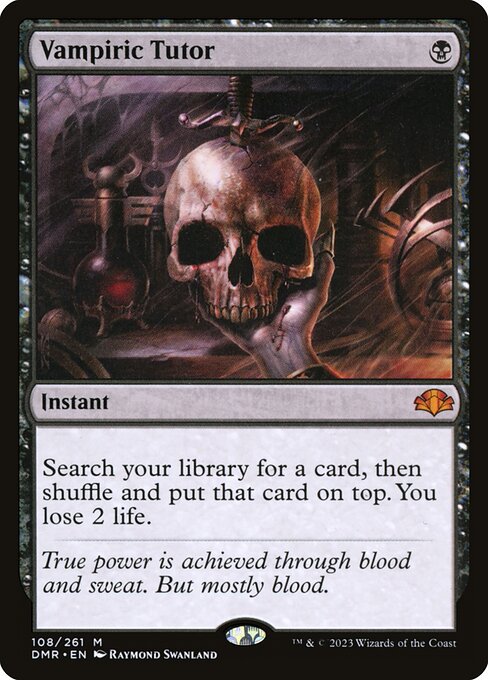
Vampiric Tutor
-
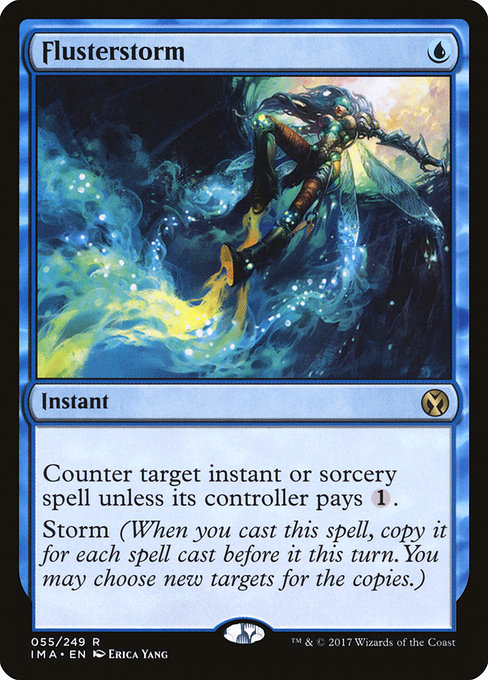
Flusterstorm
-
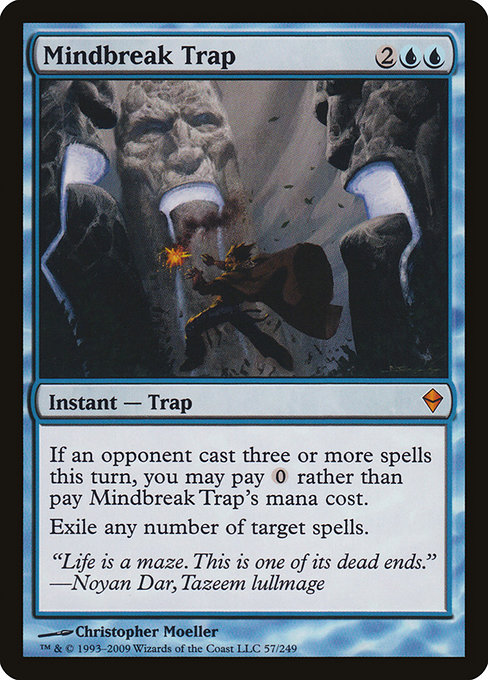
Mindbreak Trap
-
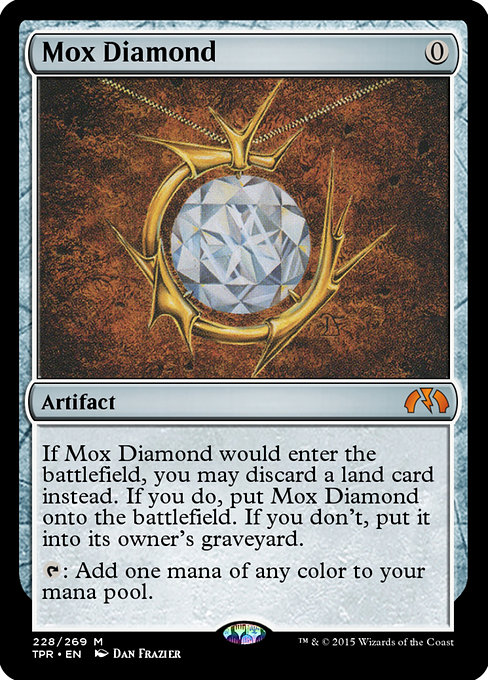
Mox Diamond
-
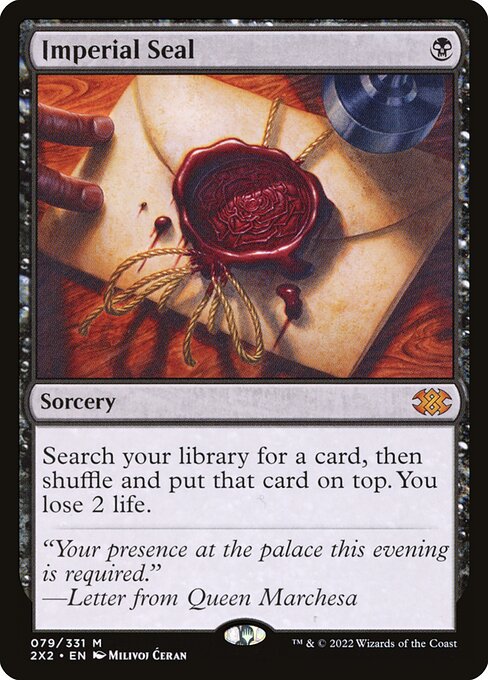
Imperial Seal
-
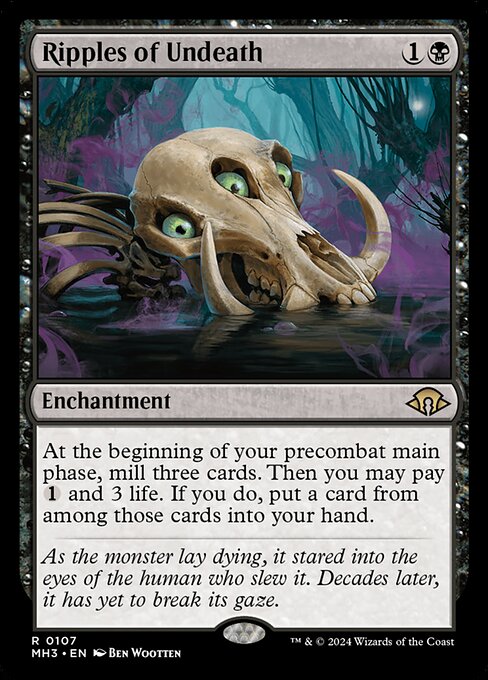
Ripples of Undeath
-
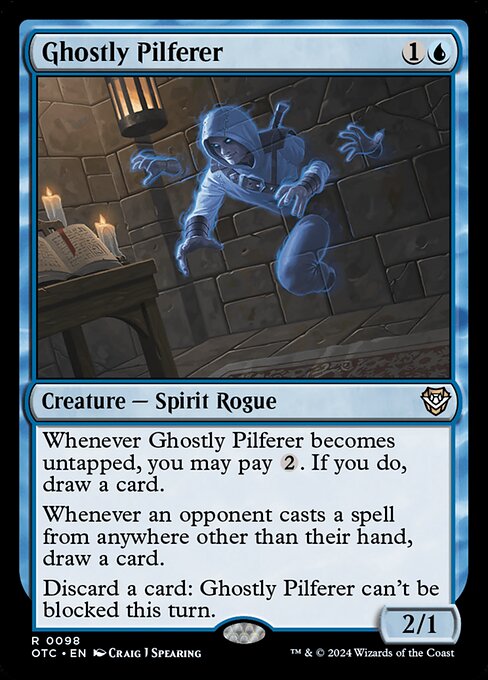
Ghostly Pilferer
Gameplay Summary
The game started with each player establishing their early board states, utilizing lands, mana rocks, and tutors to set up their strategies.
Tivit, Seller of Secrets focused on generating treasures and value from discard and sacrifice effects, while Tymna the Weaver and Kraum, Ludevic's Opus leveraged card draw and damage output through efficient creatures and disruption.
Celes, Rune Knight aimed to assemble key equipment and control elements to power up attacks, facing off against three blue-based decks with heavy interaction.
The Master of Keys player used the commander’s milling and treasure generation to build incremental advantage. A pivotal moment occurred when multiple players deployed resource denial and disruption spells, including removal on key creatures like Timna and Archavist of Agma, and counterspells such as Flusterstorm and Mindbreak Trap.
The interaction between treasure generation and tax effects from Tymna created tense resource management, while board wipes and targeted removal slowed down aggressive advances.
Ultimately, the game revolved around careful timing of removal and disruption, with no player able to execute a decisive combo or overwhelming board state within the early turns showcased.
The players navigated a highly interactive metagame where incremental advantage and resource denial were key to survival and eventual victory conditions.




















![HOW LOW CAN YOU MULL? CELES v MASTER OF KEYS v YURIKO v WON SHI TONG [cEDH GAMPLAY] thumbnail](https://i.ytimg.com/vi/Oi9LFCQoMg8/sddefault.jpg)




![Stuck Between a Mogg Salvage and a Hard Place Ft. @BasedBreadCEDH [cEDH Gameplay] thumbnail](https://i.ytimg.com/vi/Y-zpQMbo97o/sddefault.jpg)
















